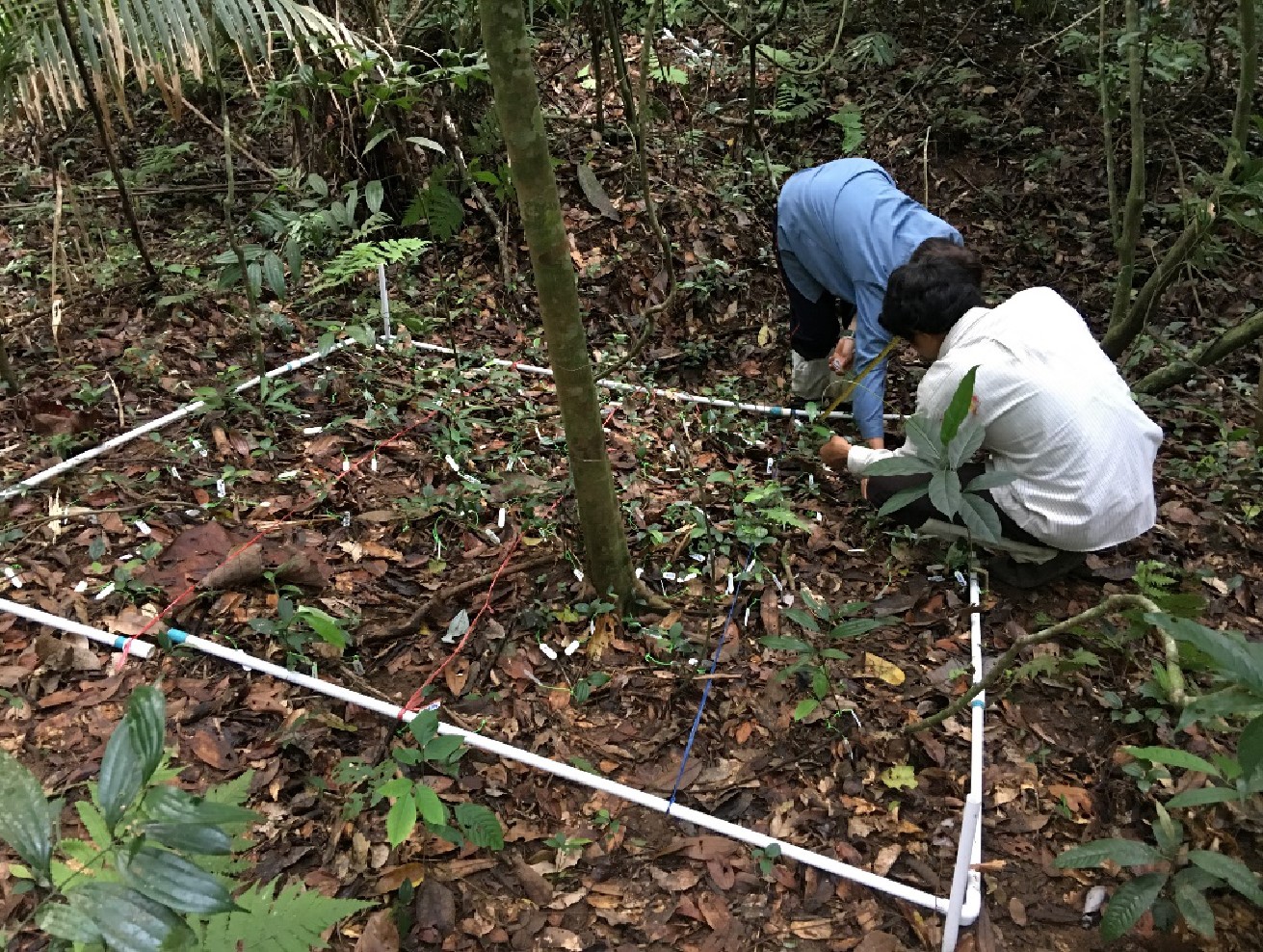
Conspecific negative density dependence (CNDD) has been considered a cornerstone of species coexistence in highly diverse ecosystems like tropical forests. However, most studies have focused exclusively on trees.
In a study published in Ecology, researchers from Xishuangbanna Tropical Botanical Garden (XTBG) of the Chinese Academy of Sciences directly compared how neighbor density influences seedling survival in trees and lianas, and found that lianas experience much stronger conspecific negative density dependence than trees during the early seedling stages.
Researchers monitored the survival of over 36,000 seedlings from 87 tree and 56 liana species across two one-year census intervals in the 30-ha Mo Singto tropical seasonal evergreen forest dynamics plot in Khao Yai National Park, Thailand. They analyzed how seedling survival was affected by the density of neighboring plants using hierarchical Bayesian models.
Researchers found that although standardized CNDD coefficients were similar between trees and lianas, the per capita effect on trees was four to six times stronger than that on lianas. The presence of a single adult conspecific neighbor reduced liana seedling survival by 1.2% to 1.8%, while the number for trees was 0.3%.

Researchers observed seedling growth in forest plot in Thailand. (Image by SUN Zhenhua)

86-10-68597521 (day)
86-10-68597289 (night)

52 Sanlihe Rd., Xicheng District,
Beijing, China (100864)

